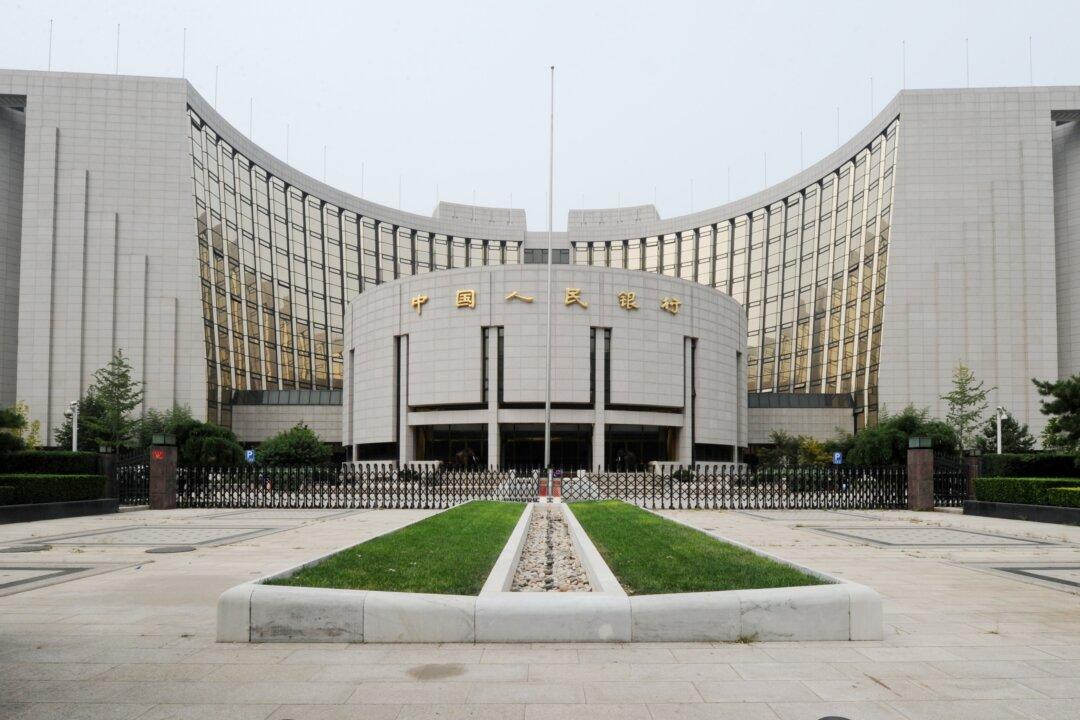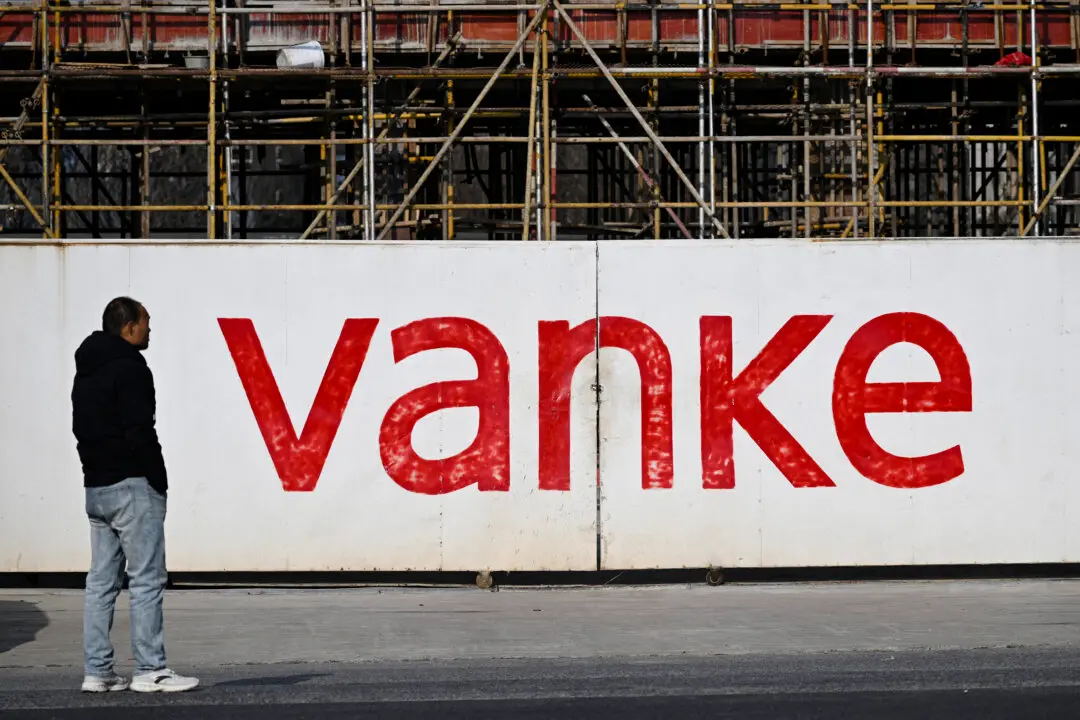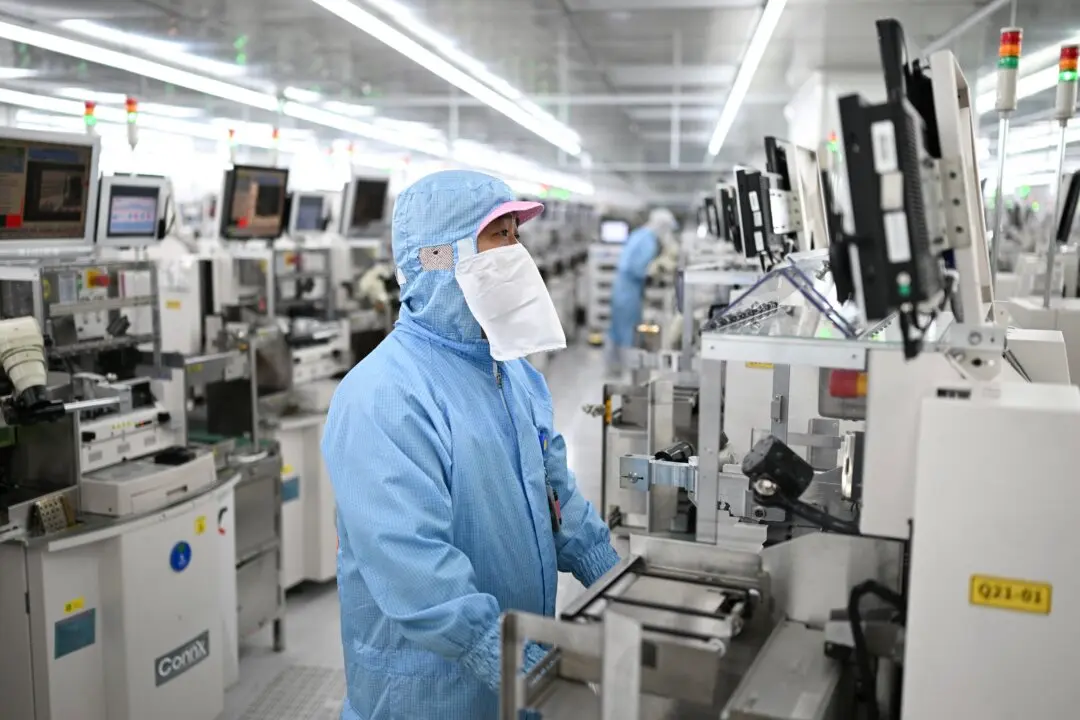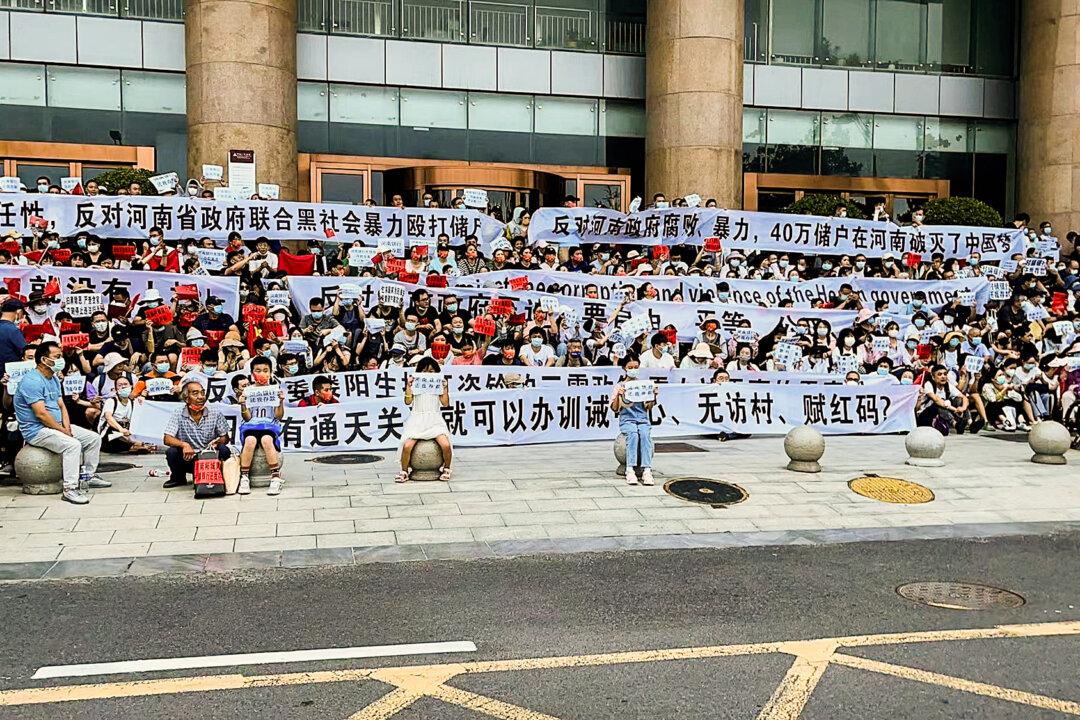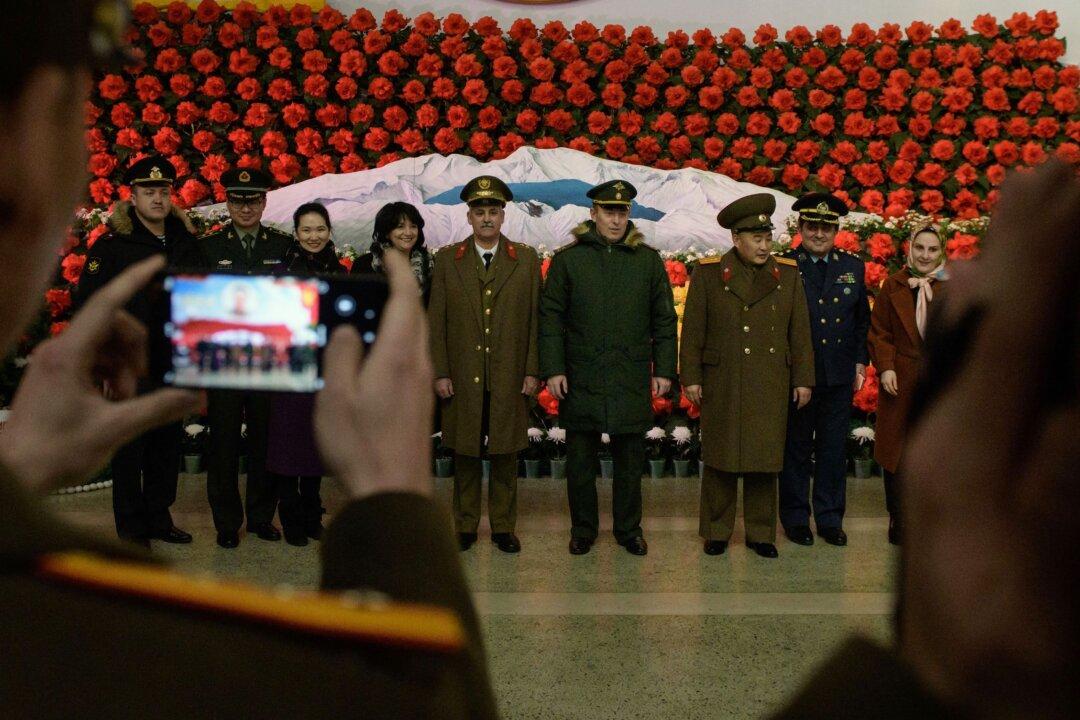Commentary
The People’s Bank of China (PBOC) finally cut interest rates on July 22, with the goal of helping China’s economy recover its lost momentum. While this action was first promised months ago in a series of Communist Party planning meetings, the PBOC has held off acting until now.
